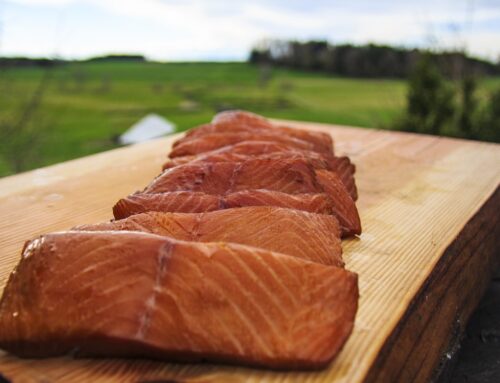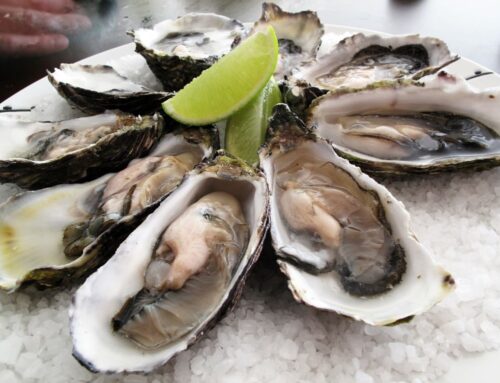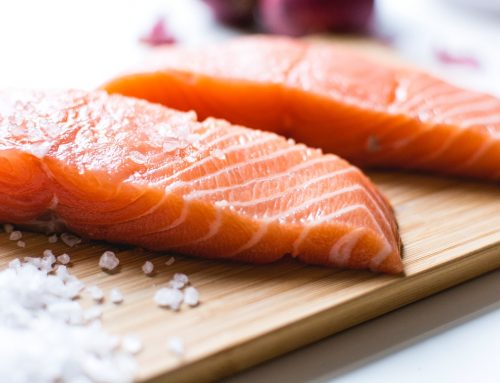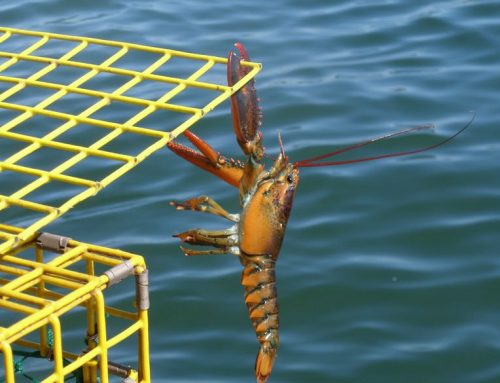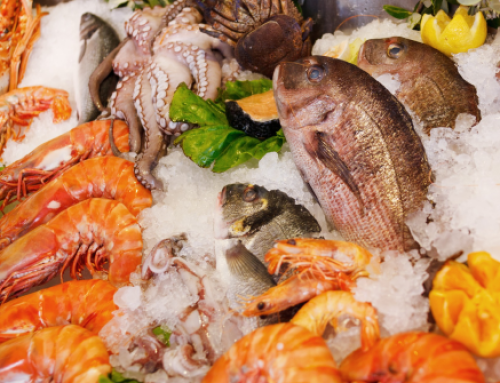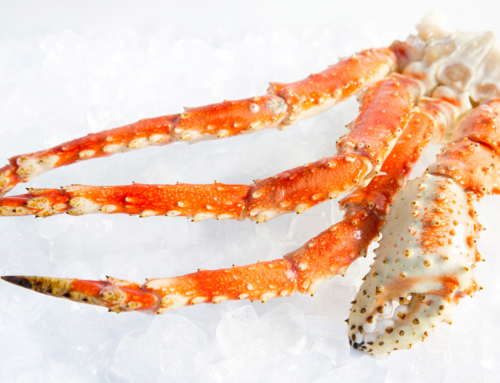Snow crab is known for its long legs and long catching season! The snow crab legs season changes based on where the snow crab is caught. This popular crustacean is fished in Alaska from January to April, and Canada from April to August.
Primarily found in the deep, cold waters of the North Atlantic and North Pacific oceans, location can influence when snow crab seasons begin. Fishing for snow crab along the Alaskan or Russian coasts of the Bering Sea depends on when the ice breaks, and fishing vessels can navigate the water.
Customers can purchase fresh snow crab for most of the year. The availability of snow crab makes it an appealing and dependable choice. It is also typically less expensive to buy snow crab in season than Alaskan king crab, whose season is much shorter. Buying snow crab in-season is the customer’s best shot at getting that year’s freshest snow crab legs.
Snow Crab Prices
| Company | Price/lb | Minimum Order | Shipping | Order |
|---|---|---|---|---|
| Global Seafoods | $19.55 | 11 lbs | $16.20 | |
| Crab Place | $22.69 | 3 lbs | $29.95 | |
| Cameron’s Seafood | $36.66 | 3 lbs | $39.99 | |
| Fulton Fish Market | $36.80 | 2.5 lbs | $25.32 |
Buying Snow Crab Legs Out-Of-Season
Customers have a wonderful opportunity to buy snow crab in-season for most of the year. Snow crab legs season stretches for much longer than other fish and shellfish that have shorter catch windows. However, there are a few months out of the year with more limited availability of the long-legged crab.
Buying out of snow crab legs season doesn’t mean the customer is totally out of luck. Though fresh snow crab might be hard to come by in the off-season, there are other options. Frozen snow crab is available year-round and not dependent on snow crab legs season. It also lasts much longer than fresh snow crab, and can be enjoyed when the fancy strikes.
What Influences Snow Crab Availability?
Snow crab’s commercial success lies not only in its size and flavor, but also because of its availability. Inhabiting more than one location, and thus having more than one season, makes snow crab a versatile and resilient retail choice. Additionally, female snow crabs have high reproductive potential, which can make snow crab incredibly abundant if other environmental factors also cooperate.
Fishing quotas exist to prevent overfishing for a number of species. Though snow crab does have fishing quotas, their numbers have increased in recent years. Whereas some species’ quotas were reduced, the 2019-2020 Alaskan fishing season saw a 24 percent quota increase for snow crab. These quotas will be something to watch for as climate change causes waters to warm, likely impacting snow crab habitats.
The seafood industry has felt the impact of the Covid-19 global pandemic. In the spring of 2020, air traffic stalled and restaurants closed, leaving fishers with catch that could not be transported or sold. The 2020 spring snow crab season had a delayed start. While restaurant demand for wholesale snow crab has decreased, retail sales for seafood, snow crab included, have become more profitable as more customers take up cooking at home.
Take note of our Affiliate Relationships that may exist with this page and companies listed on it.


